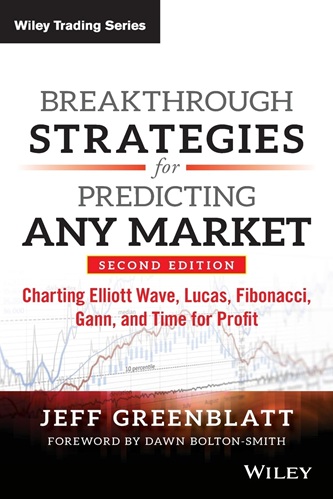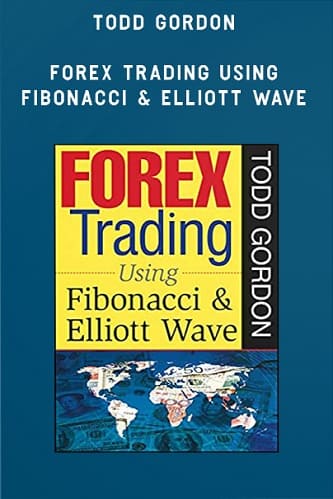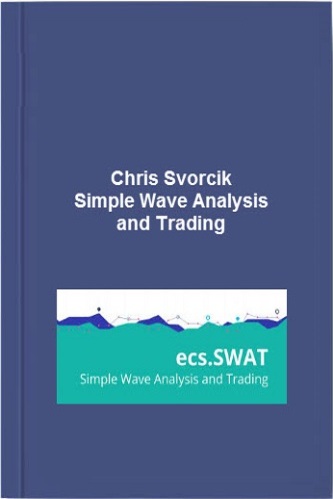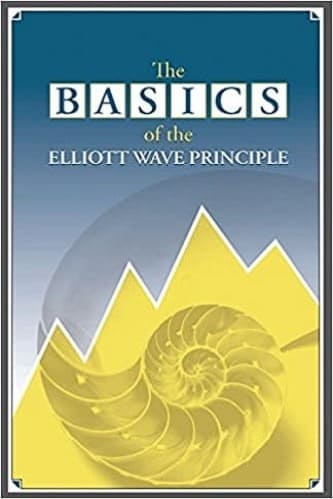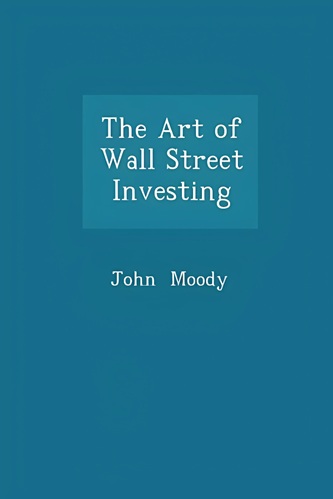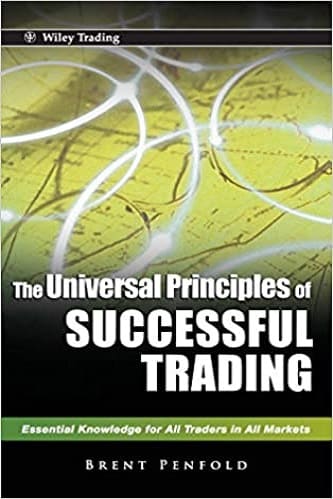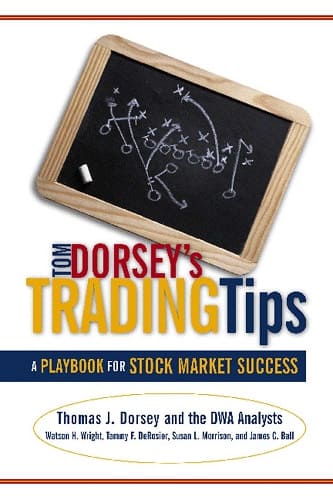Articles
Manage Your Trades With Elliott Wave By Ryan Henry

When should you take a position, where should you take a gain, and when should you call it quits? Here’s how you can identify entry, stop, and target levels for your trades. The easy part of investing in stocks is getting into a trade. You study the chart, understand the company’s business and fundamentals, find your buy point, and then dive in with big expectations. But what’s next? How do you know when to take your gains off the table, or more important, when to tuck your tail and run when it goes against you?
SHOULD AND SHOULDN’T
Many traders know that you must protect your investment with a stop level, because no matter how much sweat and tears you put into your research, there will be plenty of times when it doesn’t matter and the stock goes the other way. The answer for many has been to use a trailing stop — say, 5% below their entry point. This seems like a rational conclusion because it defines your risk at a reasonable level. But who’s to say that the stock didn’t cue up a 5% pullback, just to reload for the next upleg?
Using an arbitrary target and stop level will get you arbitrary results. Hopefully, it works out in your favor, but if it doesn’t, you won’t know why or what the stock is telling us. There’s a better way. You have to have a full understanding of your expectations from a stock move, based on what should and shouldn’t happen if the pattern being traded is the pattern you think it is.
No theory can provide you these answers as succinctly as the Elliott wave theory. When used in conjunction with Fibonacci retracement and extension levels, you have a wealth of knowledge about what a stock chart is telling us, when the time is right to take a position, where to take a gain, and when to call it quits because the pattern you thought was playing out is not. The purpose of this article is to demonstrate how you can access this information so that there are good reasons for closing gains and taking losses at specific points. Let’s run through an actual trade to detail the process.
FINDING THE STOCK
When I look for trade possibilities, it begins with the simplest of premises. In basic terms, I want to find a chart that displays a large trending move, followed by a countertrend move. The Elliott wave theory defines what a trending move looks like on a chart and what a countertrend move looks like. A trend-ing move is called an impulse. These moves tend to be sharp and direct. Elliott tells us that trending or impulse moves play out in five phases or waves. A countertrend move is called a correction. These moves are much less direct than impulses. They tend to carry price more sideways than up or down, move in slower fashion, and lack any real purpose.
Elliott wave theory tells us that countertrend or corrective moves play out in three phases or waves or a similar variation. When we find a chart that possesses an impulse followed by a correction, our setup is born. Our next order of business is to confirm that the counter-trend move has retraced a Fibonacci portion of the trending move. This may sound like a complicated process, but it’s very straightforward. Many books have been written on the concepts laid forth by the great mathematician Fibonacci, but all we’re concerned with here are the natural retracement percentages that stocks gravitate toward.
Directly to the point, we are looking for a correction that has retraced anywhere from 38.2% to 61.8% of the impulse move. If the correction has retraced less than 38.2% of the impulse, we can’t be certain the impulse has completed. If the correction has retraced more than 61.8%, the stock is no longer a candidate to be traded because we can’t be certain the trend we’re looking to play is still intact. Once these parameters are met, we have a trade setup with a real and well-defined potential. This setup comes together across the stock universe all the time. One example is Expedia (EXPE). It traced out a large trending impulse over the course of five weeks in July and August (Figure 1). The trending impulse was followed by a choppy, less-directional corrective move that retraced about 38.2% of the impulse.
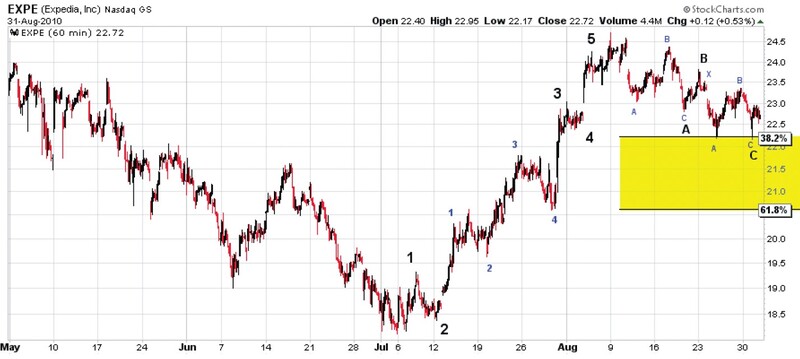
FIGURE 1: TRENDING IMPULSE FOLLOWED BY A CORRECTION. In August 2010, price action on EXPE told us that further upside strength was coming, courtesy of an impulse up followed by a corrective pullback that retraced 38.2%.
BUYING THE STOCK
The goal when entering any long trade is to get in at the lowest point, right before the stock is ready to explode. As soon as it is clear the corrective pullback has completed and another trending move has begun, we make our move. In the case of EXPE, we used 25.00 as our entry point because a move to this level would represent a new high for the move, which would suggest that the next upleg had begun. Expedia reversed higher after retracing 38.2% and moved up through 25.00 in a purposeful fashion (Figure 2). This triggered our entry point. Now what?

FIGURE 2: BUYING THE STOCK. EXPE moved impulsively above 25.00 to indicate that the next leg of the uptrend had begun. This was our cue to go long.
CREATING A TARGET LEVEL FOR THE STOCK
When entering this trade, our expectations are clear-cut. We are looking for another upleg similar to the one already on the chart. According to Fibonacci mathematics, we know that uplegs within an uptrend often relate to one another in size. Some-times, the second upleg will be 61.8% the size of the first upleg. Sometimes, it will be 161.8% or 261.8%. But more often than not, the second leg will be nearly equal in size to the first upleg.
Suggested Books and Courses About Elliott Wave Theory
Forex Trading Using Fibonacci and Elliott Wave By Todd Gordon
Original price was: $60.00.$24.49Current price is: $24.49.Simple Wave Analysis and Trading By Chris Svorcik
Original price was: $779.00.$19.74Current price is: $19.74.It is this relationship that we use to create a target for the move. Let’s continue the EXPE example. The first upleg traversed approximately six points during a five-week time span. This tells us to expect the second upleg to move about the same distance. Since the second upleg began at 22.50, our target was placed at 28.50. There is nothing arbitrary about this level. While the move may be smaller or bigger, we know that its tendency is to complete the second upleg near 28.50. That makes things easier when it comes time to take gains off the table; no second-guessing or what-ifs — just an objective level where we have a reason to cash in.
CREATING A STOP LEVEL FOR THE STOCK
Because our expectations of a move are so concise, we know what should happen if our expectations are correct. What should happen is EXPE should trace out another impulsive advance up to 28.50, because that is what the setup indicated. What shouldn’t happen is a reversal back down that wrecks the trending potential of the new upleg.
Specifically, we know that price has no business retracing more than 61.8% of the new upleg at any point in time. If it does, it means that our expectations are incorrect, either because the new upleg has completed prematurely or because our wave labeling isn’t correct. Either way, we have a specific reason to close the position. In the case of EXPE, we knew that a move back below 23.50, which was a 61.8% retracement of the new upleg to that point, would indicate that our expectations were incorrect. This is where the initial stop level was placed (Figure 3).
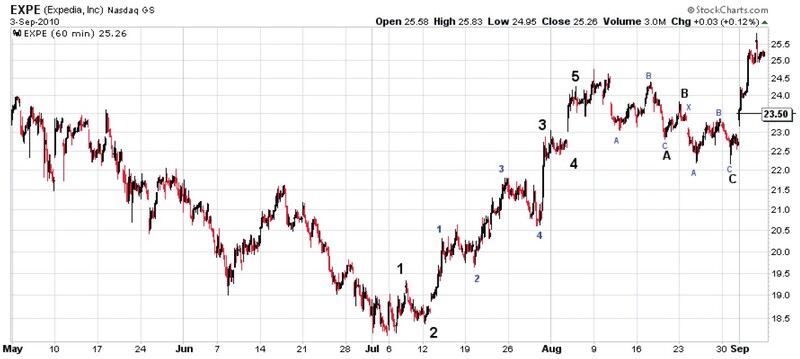
FIGURE 3: CREATING A STOP LEVEL. The initial stop level is placed at 23.50 on EXPE, because a move below this level would indicate that our expectations are incorrect.
As the upleg continues, we can advance our stop level to represent a 61.8% retracement. If this level is taken out at any point, we know it is time to walk away. This keeps risk as tight as possible while also knowing why we’d take a loss should price reverse direction. When there is a specific reason behind taking gains and losses, it becomes easier to maintain objectivity. When the stop level is an arbitrary percentage, you have an excuse to justify giving the trade some leeway. That, of course, is the formula for compounding losses.
With EXPE, expectations were met dead-on (Figure 4). The stock traced out a second upleg that covered about seven points. The gain was taken at the 28.50 target level. This is where the setup projected to, and that’s where we exited. Since then, the stock has reversed and moved lower.
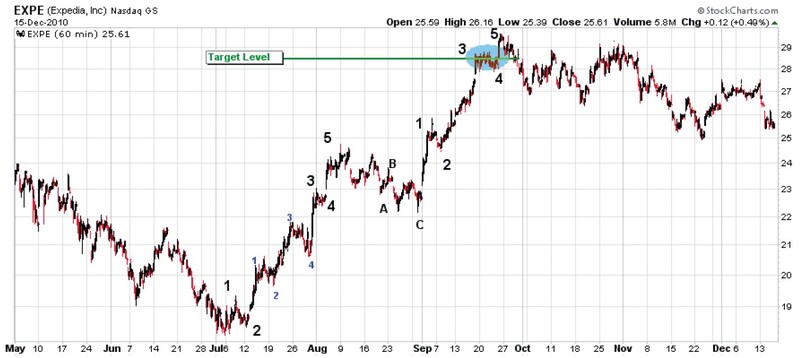
FIGURE 4: EXPECTATIONS MET. EXPE met expectations by tracing out another impulse up that was similar in size to the initial impulse up.
Suggested Books and Courses About Money Management
UNDERSTANDING EXPECTATIONS
The key to trading stocks is to understand your expectations. This allows you to know what the stock should do and what it should not do. And when we know that, the rest is easy.
Ryan Henry is the author and lead analyst at www.wavespeak. com. Wavespeak provides market index forecasting and stock trade recommendations through a newsletter that is published three times a week. Wavespeak’s analysis is driven by the Elliott wave theory, but includes consideration for Fibonacci mathematics, intermarket relationships, breadth, volume, and money flow analysis.

